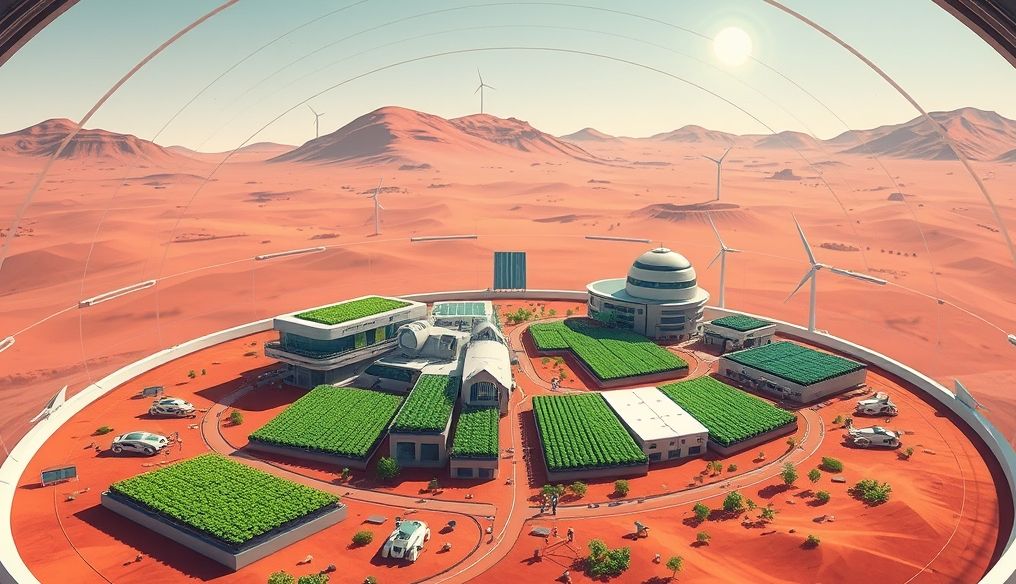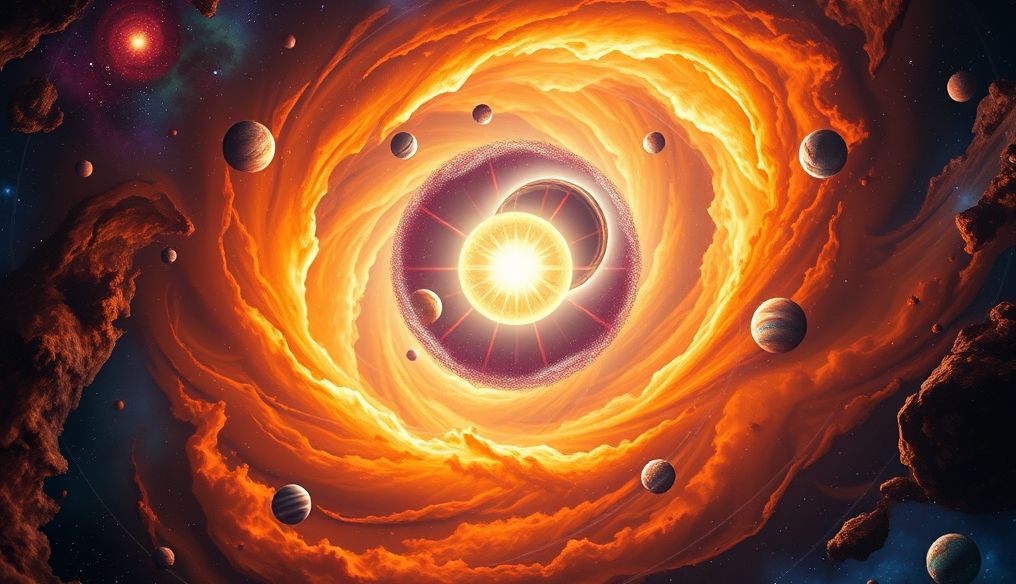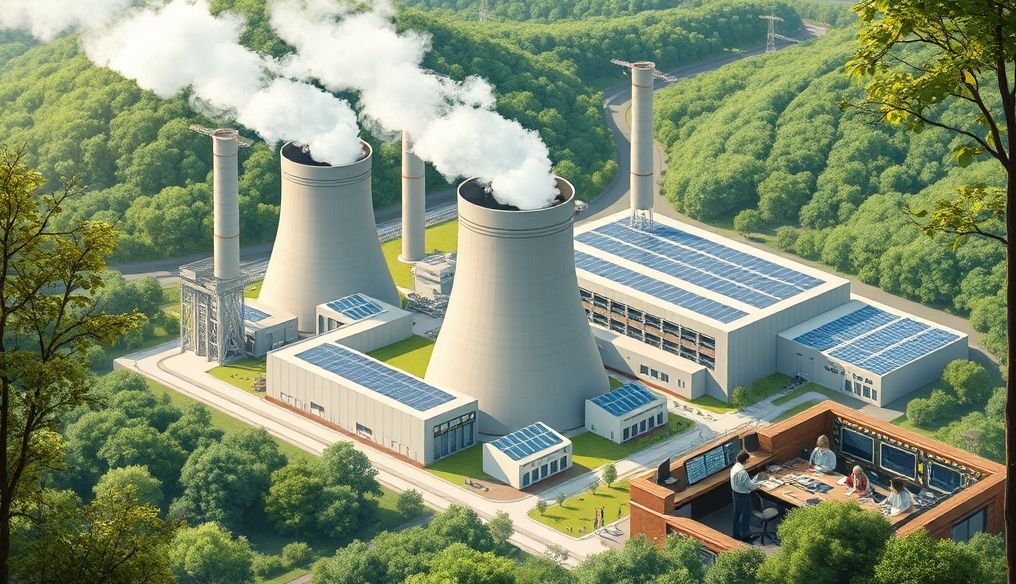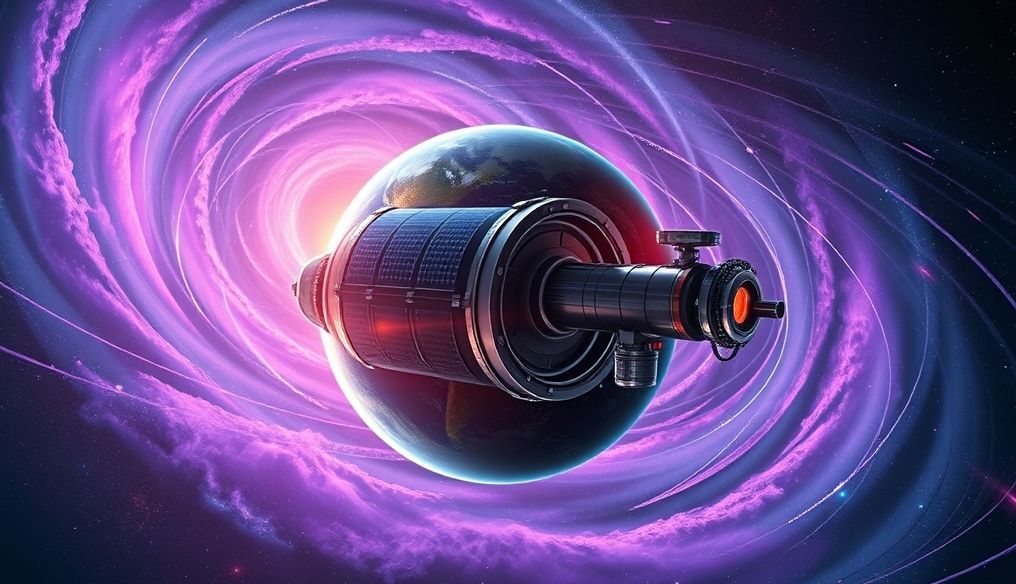Can We Really Live on Mars in the Future?
Mars has always been an appealing destination for humans, sparking curiosity and a desire for exploration. With rapid technological advancements, the dream of living on the Red Planet has become an ambitious goal. But is this really possible? What challenges must we overcome? Let's explore this topic in depth.
Chapter 1: The Allure of Mars - Why Do We Care?
Mars, the fourth planet from the Sun, resembles Earth in some ways, making it an ideal target for potential human colonization. Some reasons why Mars is attractive include:
- Presence of Water: Although water is mostly present as ice, its existence suggests the possibility of using it as a source of drinking water and fuel production.
- Earth-like Day: The length of a day on Mars is very close to the length of a day on Earth (about 24.6 hours), making it easier to adapt to the day-night cycle.
- Potential for Past Life: Some evidence suggests that Mars was warmer and wetter in the past, which may have allowed for the existence of microbial life.
- Natural Resources: Mars has natural resources that can be used to build settlements and produce energy.
Chapter 2: Major Challenges of Colonizing Mars
Despite the allure of Mars, there are many challenges that must be overcome before we can live there permanently:
1. Thin Atmosphere:
The atmosphere of Mars is very thin, representing only about 1% of the density of Earth's atmosphere. This means that:
- Insufficient Protection from Radiation: The surface of Mars is exposed to large amounts of cosmic and solar radiation, posing a significant risk to human health.
- Extreme Temperatures: Temperatures on the surface of Mars range from 20 degrees Celsius (68 degrees Fahrenheit) during the day near the equator to -153 degrees Celsius (-243 degrees Fahrenheit) at night.
- Difficulty Breathing: The atmosphere consists mainly of carbon dioxide (96%), with trace amounts of oxygen.
2. Lack of Water:
Although water exists as ice, extracting it and converting it into drinking water poses a significant technical and logistical challenge.
3. Contaminated Soil:
Martian soil contains a toxic substance called perchlorate, which must be removed before we can grow food crops.
4. Long Distances:
The journey to Mars takes about six to nine months, exposing astronauts to significant health risks, including radiation exposure and bone and muscle loss.
5. Psychological Risks:
Living in an isolated and dangerous environment can negatively impact the mental health of astronauts.
Chapter 3: Proposed Solutions to Overcome Challenges
Scientists and engineers are developing innovative solutions to overcome the challenges facing colonization on Mars:
1. Radiation Protection:
- Underground Habitats: Settlements can be built underground to take advantage of the natural protection provided by the soil.
- Protective Shields: Special materials can be used to protect spacecraft and habitats from radiation.
- Artificial Magnetic Fields: It may be possible to create artificial magnetic fields to protect settlements from radiation.
2. Water Production:
- Ice Extraction: Robots can be used to extract ice from beneath the surface of Mars and convert it into drinking water.
- Harvesting Water from the Atmosphere: Special techniques can be used to collect water from the thin atmosphere.
3. Food Production:
- Hydroponics: Food crops can be grown in closed environments using hydroponics, which does not require soil.
- Farming in Treated Soil: Martian soil can be treated to remove perchlorate and make it suitable for agriculture.
- Artificial Protein Production: Artificial protein can be produced using bacteria or yeast.
4. Oxygen Generation:
- Carbon Dioxide Analysis: Special techniques can be used to analyze carbon dioxide in the atmosphere and produce oxygen.
- Transporting Oxygen from Earth: Oxygen can be transported from Earth to Mars, but this is very expensive.
5. Energy:
- Solar Energy: Solar energy can be used to generate electricity on the surface of Mars.
- Nuclear Energy: Nuclear energy can be used to generate electricity, especially in areas where sunlight is not sufficiently available.
Chapter 4: Technology Needed for Mars Colonization
Colonizing Mars requires the development of several new technologies:
- Advanced Spacecraft: Spacecraft must be developed that can transport humans and equipment to Mars safely and efficiently.
- Specialized Robots: Robots must be developed that can build settlements, extract natural resources, and conduct scientific research.
- Life Support Systems: Life support systems must be developed that can provide air, water, and food for astronauts.
- Telemedicine Technologies: Telemedicine technologies must be developed to provide healthcare to astronauts in case of emergency.
Chapter 5: Health and Psychological Aspects of Mars Colonization
Living on Mars will significantly affect human health, both mentally and physically:
- Impact on Bones and Muscles: The low gravity on Mars can lead to bone and muscle loss. Astronauts must exercise regularly to counter this effect.
- Radiation Exposure: Exposure to radiation can increase the risk of cancer and other diseases.
- Isolation: Living in an isolated environment can lead to depression and anxiety. Astronauts must receive regular psychological support.
- Sleep Disorders: The different day-night cycle on Mars may affect sleep patterns.
Chapter 6: Economic and Legal Aspects of Mars Colonization
There are many economic and legal aspects to consider before starting colonization on Mars:
- Cost of Colonization: The cost of colonizing Mars is estimated at billions of dollars. Sustainable funding sources must be found.
- Ownership: Who owns Mars? What laws will apply to the settlers?
- Commercial Exploitation: Will the exploitation of natural resources on Mars be allowed? What controls will be applied?
- Environmental Protection: The Martian environment must be protected from pollution and destruction.
Chapter 7: Possible Scenarios for Mars Colonization
There are several possible scenarios for Mars colonization:
- Government Colonization: Governments can lead colonization efforts on Mars, as the United States did in the Apollo program.
- Private Colonization: Private companies can lead colonization efforts on Mars, as SpaceX is doing.
- Mixed Colonization: Governments and private companies can collaborate on colonization efforts on Mars.
- Gradual Colonization: Start by sending short-term exploration missions, then build a permanent base, and then create a self-sufficient settlement.
Chapter 8: The Future of Life on Mars
Living on Mars is a major challenge, but it is possible. With technological progress and international cooperation, we can turn the dream into reality. Imagine a future where humans live on another planet, explore the universe, and build a new civilization.
Chapter 9: Sustainable Agriculture on Mars: Challenges and Solutions
Sustainable agriculture is essential for the survival of settlers on Mars. Challenges include soil contaminated with radiation and water scarcity. Potential solutions include hydroponics in closed environments, the use of robots to prepare the soil, and the development of crops resistant to harsh conditions.
Chapter 10: Ethics and Philosophical Considerations for Mars Colonization
Colonizing Mars raises important ethical and philosophical questions. Do we have the right to change the environment of another planet? What is our responsibility towards any life that may exist on Mars? How do we ensure that colonization will be sustainable and just? These questions require deep thinking and broad discussions.
In conclusion: Colonizing Mars is an ambitious dream that faces many challenges, but it is not impossible. With innovation and cooperation, we can achieve this goal and expand the scope of human civilization to another planet.




